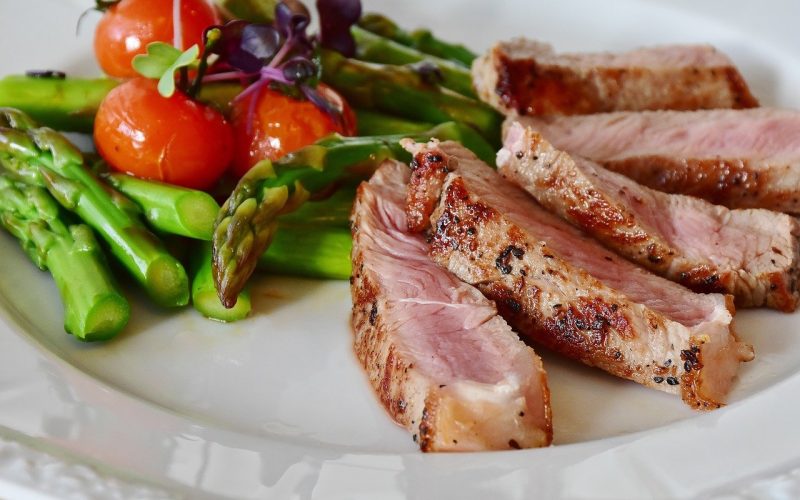When you sit down at a Michelin-starred restaurant table, the fancy ambience hits you immediately. The waiter brings you an unpronounceable bottle of wine and hands you the first of a long series of miniature, sophisticated dishes that are rich in all sorts of nutritional properties. At the end of the pleasant experience, you are served with the saltiest of puddings: a hefty bill.
Similarly, in the eyes of most people, healthy meals are often perceived as small portions of natural food that, while doing your body the world of good, will leave your piggy bank in tears. In truth, this is not necessarily the case.
We created a simple guide detailing how you can get on board with a diet without falling into financial despair, therefore debunking the myth for which healthy eating is an unaffordable practice.
‘Expensive’ is not synonymous with ‘better’
The temptation of buying a goji berry and spirulina smoothie or a fruit salad of exotic goods is real. Not only does it scream ‘naturalness’ from all sides, but it also provides the perfect shot to showcase your healthy lifestyle on social media.
However, there are many other alternatives that – although not very ‘Instragrammable’ – are cheaper and just as nutritious. A filling oatmeal breakfast or a glass of water, for instance, are inexpensive and serve the goal.
Of course, feel free to enjoy fancier health options from time to time. Make sure that they are seen as a treat rather than as the norm though.
Opt for local and seasonal products
While often overlooked and underestimated, this is possibly one of the best actions you can take to both spend less and eat healthier. In fact, by purchasing food that has grown and been picked close to your home, you are consuming more flavoursome products that have not been treated to survive the long journey to reach the supermarket. This means that it is more budget-friendly, as it does not need to travel several miles to be on your plate and is consequently a more sustainable option too.
Moreover, consider buying seasonal products. In winter, for example, stock up on apples and beetroots, as they are cheaper and more nutritious this time of the year.
Freeze or buy frozen
If you have overstocked your beetroot provisions, pop them in your freezer – they’ll be just as good when you start craving them all of a sudden on a sunny summer afternoon.
As a matter of fact, frozen fruit and vegetables are often underrated. Bags of frozen pre-chopped veggies tend to be cheaper in shops and are equally nutritious, as they have been picked at the peak of freshness and their nutritional properties remain intact.
Veg is cheaper than meat and fish
When at the checkout, you will realise that meat and fish are usually the most expensive food products on your shopping receipt. While still a fundamental part of your diet, to cut costs on your food shop, you may want to consider adding a few vegetarian dishes to your weekly menu.
Prepare smaller portions
We are not advising you to cook miniature meals in the fashion of Michelin-starred restaurants. On the contrary, it is important to always consume a decent-sized plate of food, but do not go over the top with proportions.
By weighing your food and eating out of smaller bowls, you will be able to reduce your portions and store what is left for another day. If you are desperate for some extra nutrients, a succulent fruit salad or a handful of tasty nuts will end your balanced meal on a high.
Give cheaper brands a go
High-priced products, usually embellished by good-looking and eye-catching packaging, are not always the most nutritious options on a supermarket shelf. Indeed, store-brand alternatives may be just as good – but simply lack a fancy, attractive box.
Next time you go shopping, take a minute to read the label to both see what is inside and check the quality. If everything meets your standards, throw the cheaper store-brand product inside your basket and save some money.
Develop your green thumb and grow your own herbs
Don’t worry, you do not need hectares of land to grow your own herbs. Some seeds and a few pots, either on your balcony or in your backyard, will do the trick.
By planting your own seeds, you will end up with a long-lasting supply of herbs that will offer your room a fragrant smell and will also – in the long run – reduce your expenses.
By following these simple steps, you will finally be able to start your healthy diet with confidence and with no fear of breaking the bank. By all means, treat yourself from time to time to food that not only is good but ‘looks good’ too. However, this guide will hopefully prove that switching to a healthier menu is not a prohibitive choice and can, ultimately, be for all budgets.
Sources
https://www.thelifestyle-files.com/10-budget-friendly-healthy-eating-hacks/
https://www.nhs.uk/live-well/eat-well/20-tips-to-eat-well-for-less/









